Hifi Pig Promotion
THE CHORD COMPANY LAUNCHES CHORDMUSIC, ITS MOST ADVANCED CABLE RANGE IN 30 YEARS
The Chord Company has launched ChordMusic, the company’s most advanced cable range in its 30-year history. The celebratory, flags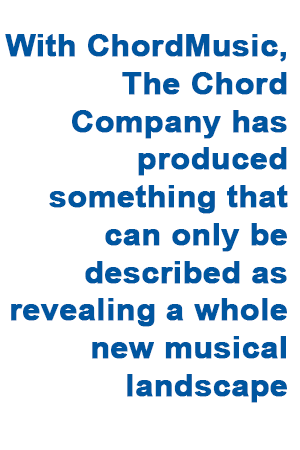 hip series distils 30 years of cable design and manufacturing knowhow into a ground-breaking line-up. ChordMusic is a revelatory product, developed using an exciting and entirely new insulation material which has never been used with audio cables before: Taylon®.
hip series distils 30 years of cable design and manufacturing knowhow into a ground-breaking line-up. ChordMusic is a revelatory product, developed using an exciting and entirely new insulation material which has never been used with audio cables before: Taylon®.
Taylon®
The relationship between conductor material and insulation material is critical to the performance of any cable, particularly if the aim is to design cables that are tonally neutral – music is full of colour, cables shouldn’t be.
For a long time Chord have used a combination of PTFE – in various forms – and silver-plated conductors; this combination is not uncommon and once burnt in, it is pretty neutral and has less tonal influence on the signal it carries than other types of insulation. Chord’s Sarum Tuned ARAY and Super ARAY cables take this combination to its ultimate end point. The conductors are micro-polished prior to silver-plating and gas-foamed PTFE is employed as a dielectric. We have also fitted a PTFE RCA plug surround which improves upon the acrylic version previously used.
ChordMusic benefits from all of these advances; it uses the same Super ARAY technology and the same PTFE plugs. What sets it apart is Taylon® – a unique insulation material that has never been used to produce audio cables before. Taylon® is exclusive to The Chord Company and is the best-performing dielectric the Wiltshire specialist has ever used. Although its dielectric constant is very slightly lower than PTFE, crucially, Taylon® is phase-stable at typical room temperatures. Dielectric choice plays a critical part in the performance of any audio cable and Taylon® insulated conductors, combined with the Super ARAY conductor configuration, produce the most natural, musically coherent cables The Chord Company has ever developed.
Super ARAY Conductor Technology
All ChordMusic cables use the new Super ARAY conductor configuration. Super ARAY technology is a development of Chord’s original Tuned ARAY design. The Super ARAY conductor technology keeps all the musical coherence of the Tuned ARAY design and brings big increases in the levels of musical detail the cable is able to carry.
The Super ARAY tuning process is very different for each cable type; the end result though is consistent. Super ARAY technology produces analogue and digital cables that can carry breathtaking levels of detail in an extremely coherent and musical way.
The new Super ARAY configuration used in ChordMusic requires the same exacting build as previous Tuned ARAY cables and again, a combination of precision machinery and meticulous hand assembly is used.
Noise Reduction
During the development of ChordMusic it became very obvious that we were dealing with a level of musical transparency we had not encountered before. This led to further experimentation. Seemingly insignificant changes in construction brought surprising improvements. Because of this, the ChordMusic cables have three external layers of noise reducing materials along their lengths. The first of these is designed to reduce levels of mechanical noise; the second was chosen to constrain the noise reducing layer in a very precise way; finally, beneath the white braided finish, there is a metallic external braid. Each one of these layers contributes to the overall performance.
THE CHORD MUSIC RANGE OF CABLES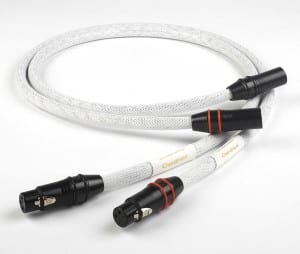
ANALOGUE INTERCONNECTS
ChordMusic analogue interconnects are available in RCA, XLR and DIN terminations. The minimum length is 1m but since each cable is built and tested at
Chord’s own facility, custom lengths and custom terminations are readily available.
A Chord Music tonearm cable is currently in development and will be available later in the year and a ChordMusic power cable is currently at the design stage.
DIGITAL INTERCONNECTS
ChordMusic digital interconnects are available in coaxial digital and AES EBU configurations. Coaxial digital cables can be terminated with either RCA or BNC. We are also able to produce custom terminations, such as RCA to XLR (AES EBU) for use with Devialet amplifiers.
ChordMusic streaming cables are fitted with high speed RJ45 connectors and are available in custom lengths.
A ChordMusic USB cable is currently in development.
ChordMusic SPEAKER CABLE
Each set of ChordMusic speaker cable is hand built by Chord and features the same mechanical noise reduction layers as fitted to the analogue and digital interconnects, as well as – for the first time – an ARAY technology developed specifically for speaker cable. A new clamp design, unique to ChordMusic speaker cable, is currently at the prototype stage and in another first, ChordMusic speaker cables will be fitted with silver-plated rather than gold-plated banana plugs and spade connectors. Chord’s silver-plated banana plugs are machined to their specification in the UK prior to being silver-plated.
PERFORMANCE
The wealth of detail that ChordMusic cables carry is quite extraordinary. Even better though, is the level of coherence with which they carry it. This makes it easy to listen to the music, rather than the recording and even mediocre recordings can be listened to for the musical performances they were always intended to be.
With ChordMusic, The Chord Company has produced something that can only be described as revealing a whole new musical landscape.
HIFI PIG ATTEND LAUNCH OF THE CHORD COMPANY CHORDMUSIC RANGE OF AUDIO CABLES
The Chord Company released its flagship product, ChordMusic, at the prestigious KJ West One yesterday and Hifi Pig’s Linette and Stuart were invited there to take a listen.
FIRST IMPRESSIONS
So, after a very long journey involving cars, ferries, trains, taxis and underground we find ourselves in the salubrious surroundings of London’s W1 postcode and the well renowned KJ West One hifi shop. OK, that’s downplaying it a little; KJ West One is a bit of an emporium and homage to all that is high-end audio. It’s an audiophile’s moist reverie packed as it is with high-end brands, all displayed over a couple of floors in the most beautiful surroundings. Needless to say we both poked about a bit and had a look at the main showroom, the upper listening room and the downstairs demonstration room.
But we were not here to ogle the super-models of the audio catwalk, we were here to take a listen to what Chord are calling a “revelatory product, developed using an exciting and entirely new insulation material which has never been used with audio cables before: Taylon®.”
We were greeted by Sally, Nigel and Alan from The Chord Company and Jason from KJ West One who was responsible for putting today’s system together and changing the cables throughout the demonstration that was to follow. A quick drink and a nibble on a canapé later and we were ushered into the dimly lit auditioning room to be greeted by a system made up of a full dCS digital front end (Vivaldi CD Player/Streamer with its external clock), the Naim Statement amps and preamp and a pair of Wilson Audio Alexia. So, a top flight system with a top flight price to match, but then the ChordMusic cables are not the stuff you can nip out and buy with your pocket change, with a 1m pair of analogue cables leaving you with not a lot of change out of £4000…the rest of the cables in the ChordMusic range are similarly costly.
The only thing that would be changing today in this system was the music being played and the cables that were being used!
This is by no means a review of the cables used of course and I can only express what I heard on a system that I am sadly unfamiliar with, in a room that is equally unknown. However, report on the next hour or so I must.
There were three parts to this demonstration with a different set of ChordMusic cables being introduced at each stage.
ROUND ONE
Out went a pair of Chord’s Sarum XLRs from the dCS to the Statement and Statement internal XLR to be replaced with all ChordMusic. Initial thoughts were that there was more detail and a tighter feel to the bass. At the time Nigel was at pains to stress that fundamentally all we were hearing was a change in the dielectric from PTFE to Taylon®. This is an interesting concept and, as I come from a background of being seriously cable-sceptic, it was interesting to note that the improvements (most definitely) were clear for all to hear.
ROUND TWO
Speaker cables get changed at this point from a pair of Sarum to ChordMusic. Here we noticed distinctly more bite to the music, with more top end detail 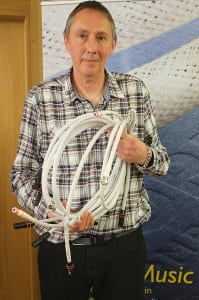 and, to my ears at least, changing the speaker cables was a bigger jump in perceived improvement in performance than the changing of the analogue cables. Gathered at this launch event were several luminaries from the world of Hifi reviewing (you’ll know their names should we drop them into conversation) and the general consensus from that end of the couch was that ChordMusic speaker cable was “”brighter”. The word “bite” I wrote earlier and cleaner is how I would have described the change.
and, to my ears at least, changing the speaker cables was a bigger jump in perceived improvement in performance than the changing of the analogue cables. Gathered at this launch event were several luminaries from the world of Hifi reviewing (you’ll know their names should we drop them into conversation) and the general consensus from that end of the couch was that ChordMusic speaker cable was “”brighter”. The word “bite” I wrote earlier and cleaner is how I would have described the change.
ROUND THREE
This was always going to be controversial as the perceived “wisdom” where computer people and audiophiles clash heads is that it’s all zeros and ones and a digital cable will either work or it won’t. So we followed the previous formula of playing a tune then a snippet of the tune on the Sarum cable then exchanging it for the new fangled ChordMusic cable so what we had was nought but ChordMusic in the system. Here the cables changed were the AES/EBU and the BNC to BNC clock cable and boy was the difference obvious. Linette turned to me and whispered exactly what I was thinking…this is the biggest leap in performance over all the changes…and I was certainly not expecting this one bit! More detail, more clearly defined bass with more texture were the order of the day.At this point I opened my mouth to say I perceived this as the biggest change in the sound and Alan from Chord came back with a comment along the lines of “ it’s because it’s all ChordMusic in there now” but after the dem’ I collared Nigel and spoke to him about this and he expressed he felt it was in part because something was happening with the interaction between the new cable and the clock, stating that the clock is the heart of the system after all.
ROUND-UP
So, I went to this event with an open mind and the promise of a glass of plonk and a few nibbles. What I got was the plonk and canapés (very attentive service here from Dan at Dan George Communications…but don’t give the day job!) plus a bit of an eye-opener if I’m honest. The new ChordMusic is furiously (some would say reassuringly) expensive from my relatively impoverished perspective, but there were changes, and to my mind improvements, at every cable change. So the thing you need to ask yourself, as always when considering spending your hard-earned on an upgrade, is ” do they make enough of an improvement in my system to justify me spending on them?” Only you dear reader can make that decision I’m afraid and all we can do is present our findings in the most straightforward terms we can.
Nigel (pictured with a selection of the new ChordMusic Cables) is always good for a quote and today the thing I picked out was “When I was a teenager and had saved up long and hard for a new record the thing I got from the first time I played it was excitement. And this is what has led me to ChordMusic.”
Stuart Smith






















































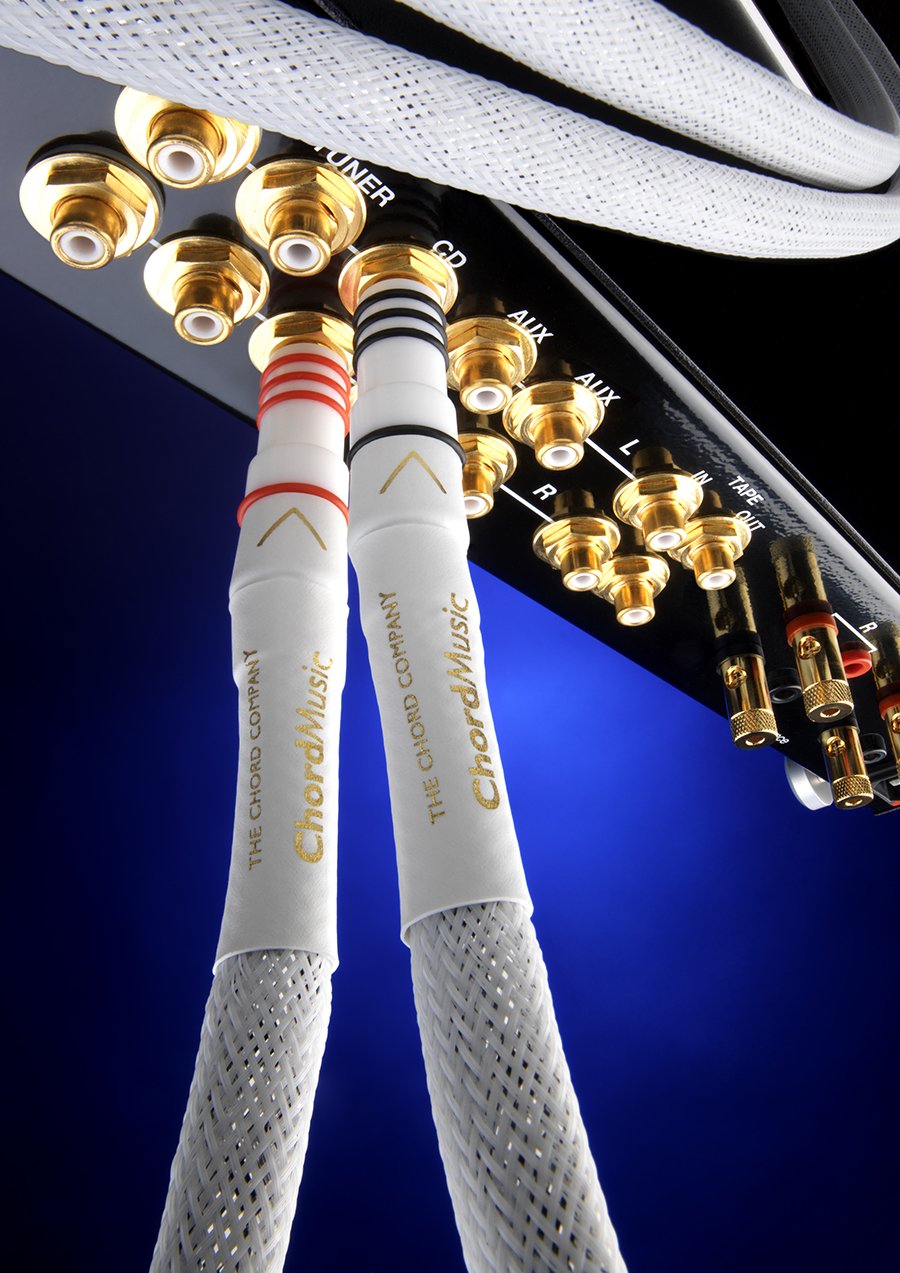




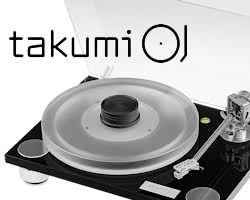
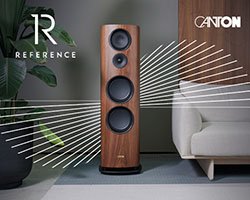
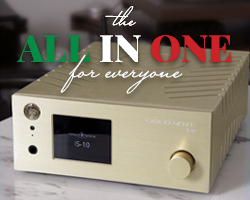
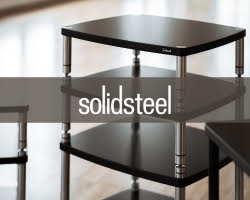
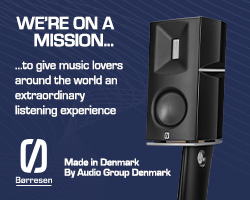

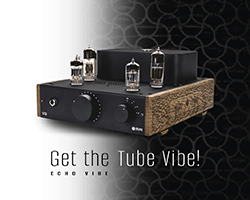
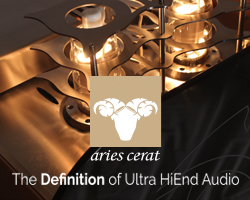
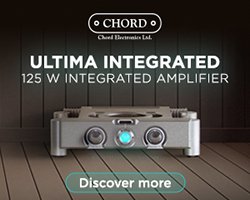
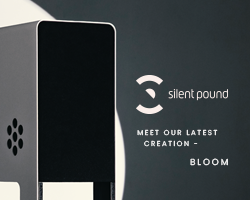
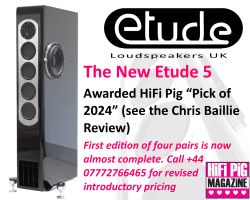
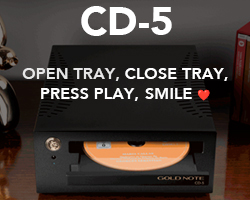
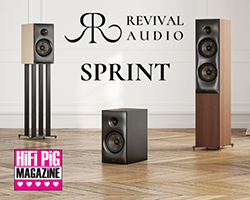
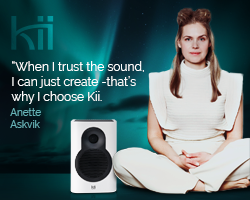
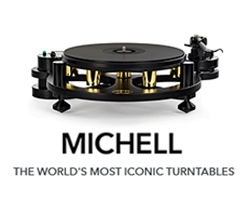

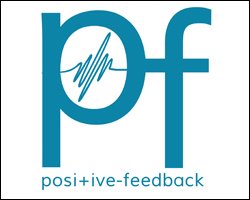

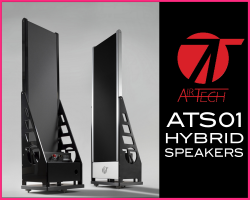
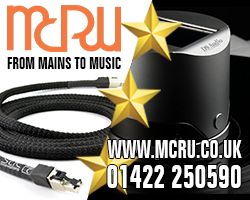
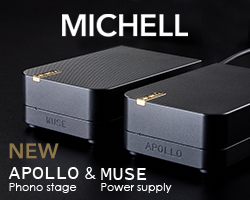
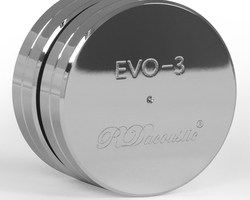
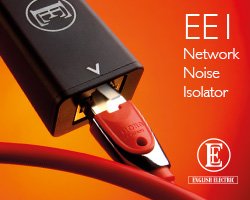



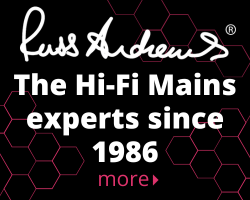

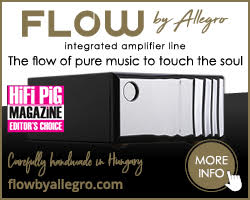
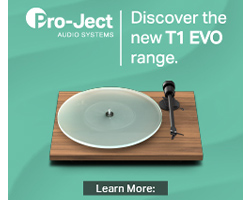
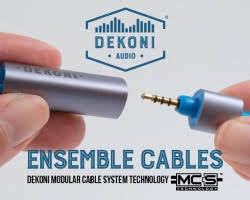
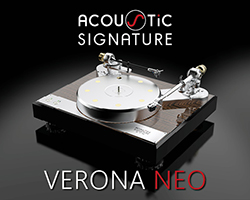
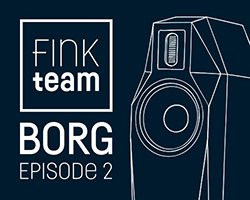
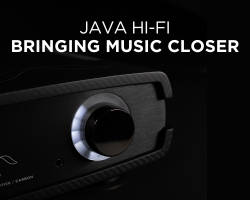
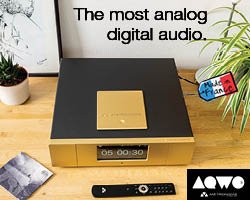
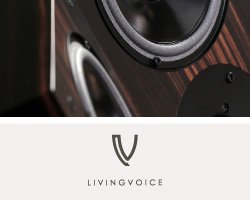
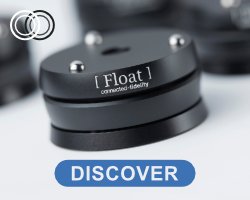




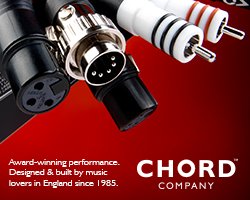

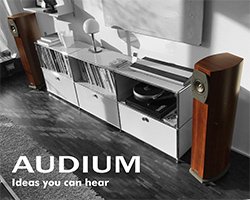
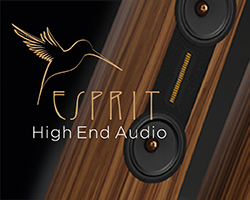
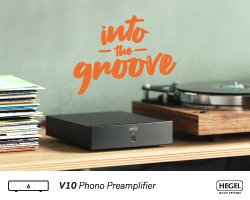
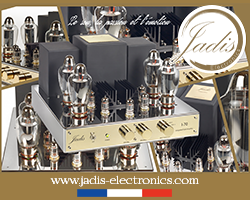
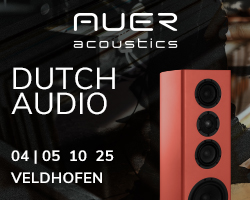

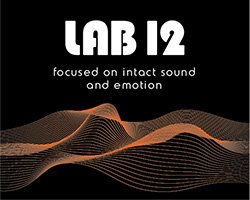
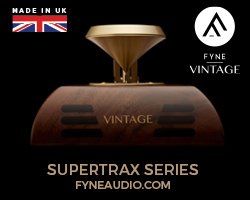
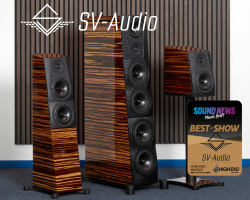
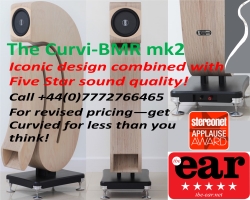

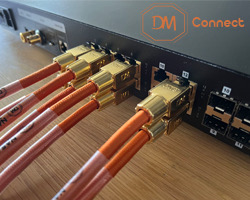
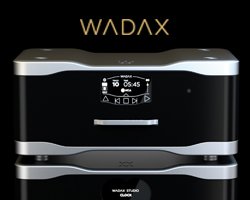

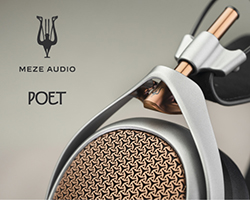
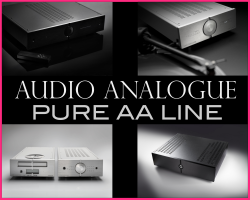
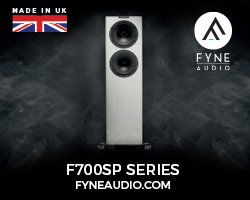
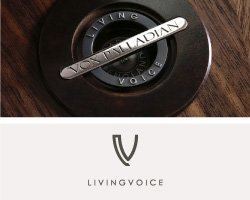
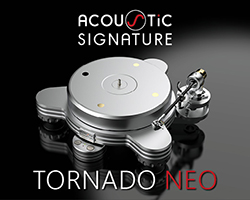
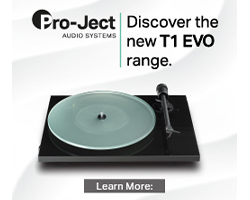
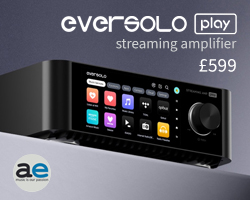
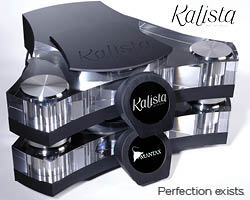

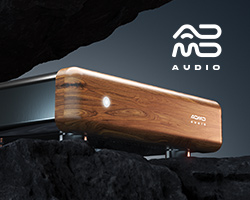

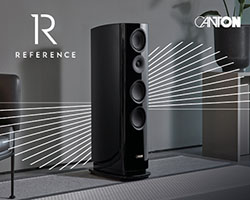
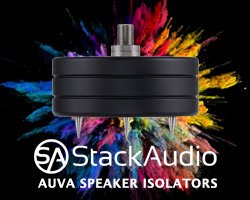
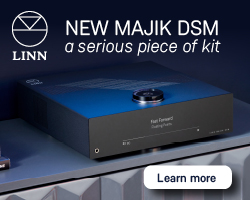
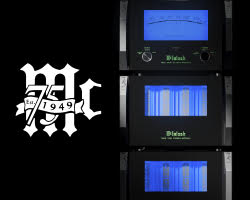
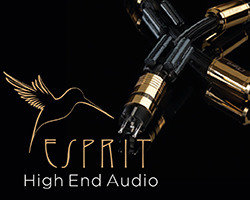
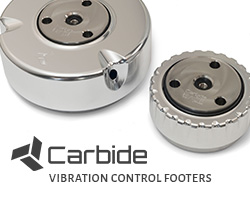
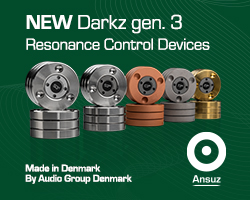
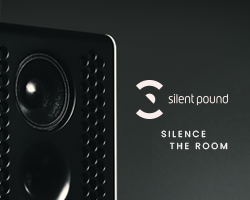
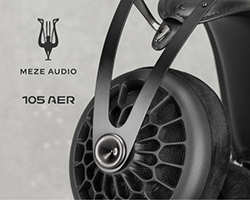

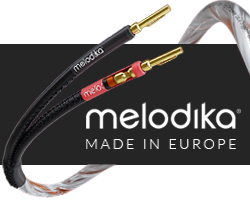

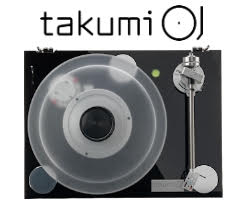

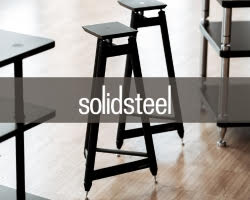

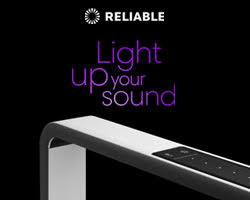


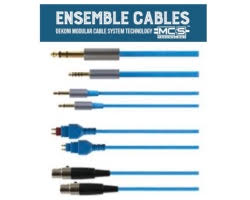
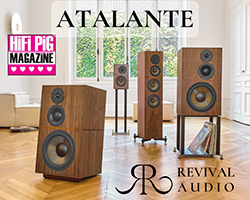





















































You must be logged in to leave a reply.